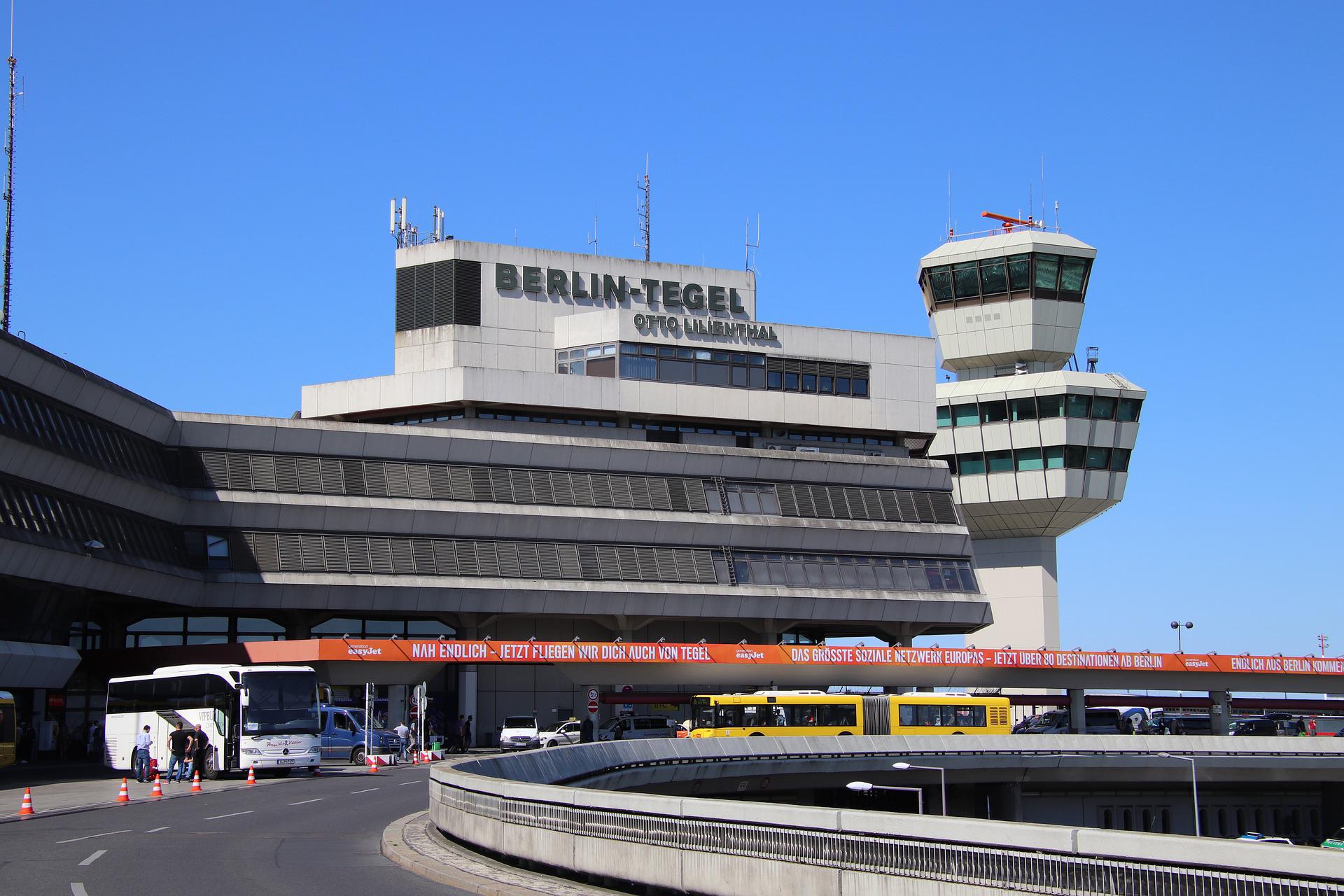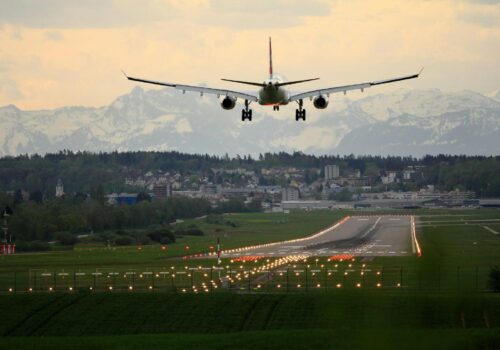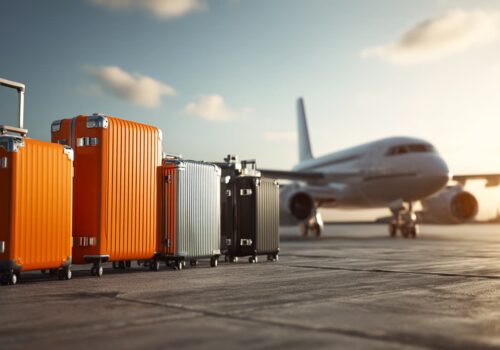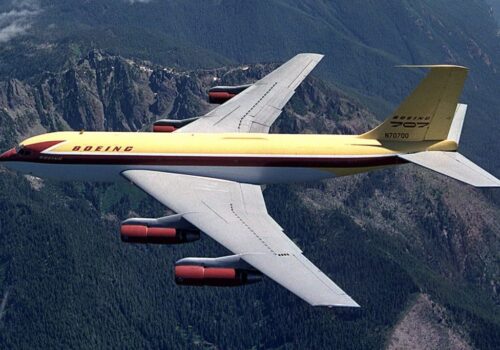Airports in Germany
The existing network of airfields in Germany is fully consistent with the economic and financial potential of the country. One of the most developed countries in the world has a dense network of local, regional and international airports serving tens of millions of people every year. This network not only provides the country’s transport connectivity and the mobility of its population and economy, but also allows you to make good money.
Germany is located practically in the center of Europe and the country’s international airports are major transit hubs not only for European, but also for global passenger air transportation. According to the results of an annual survey of more than 13 million passengers in 105 countries, conducted by the World Airport Awards, five German airports were ranked among the 50 best air harbors in the world. These are Munich (4th), Frankfurt am Main (10th), Hamburg (27th), Cologne/Bonn (29th) and Düsseldorf (40th). Passengers express their opinion not only with statistics, but also with a wallet, that is, a constant increase in passenger traffic.
So, in 2016, almost 112 million people used the services of German airports, which became a new record for the industry. Domestic traffic accounted for just under 24 million passengers, while more than 88 million people flew into Germany from abroad or flew out of the country. The most popular destinations were European countries, with Spain leading the way. The growth in the number of passengers occurred even despite a sharp (by 16%) decrease in passenger traffic with Turkey, which occurred due to political reasons.
The largest airports in Germany according to the number of passengers Frankfurt am Main
The largest German airport served more than 60 million passengers in 2017 (12th in the world). The airport has two large terminals (five halls each) and one for VIPs. They are connected by a monorail and internal buses. Every year, Frankfurt am Main Airport receives and sends about 240,000 flights. This is where automatic baggage sorting was introduced for the first time. The developed infrastructure of the airport is at the service of passengers. The bulk of the service points are located in the first terminal, but in the second there is a chic observation deck from which you can watch the movement of aircraft along the runways for 5 euros. Getting to the airport, located at a decent distance from Frankfurt, is best by train. Even some long-distance trains call at two stations located near the airport. The airport stands at the intersection of two highways, so you can leave it by bus or car without any problems.
Airport them. Franz Josef Strauss (Munich)
Munich Airport is the youngest and fastest growing major airport in Germany. It entered service in 1992 and has since grown to 42 million passengers a year. Munich Airport has two terminals. The first is divided into five halls, each of which is, as it were, a separate airport. Companies such as Condor, Air Berlin, American Airlines, Emirates, Qatar Airways, Delta Air Lines and others work in the first terminal. The Terminal has 2 separate flight modules and cannot accept Airbus A380 aircraft. It is operated by Lufthansa and its Star Alliance companies. The two terminals are connected by the Munich Airport Center – a shopping and entertainment walking area. Near it there is a five-star hotel and a railway station. Externally, the Munich Airport Center looks like a giant tent. Passengers also have a special amusement park with shops and restaurants. Two lines of electric trains connect the airport with Munich, the journey to the city center takes about 45 minutes. The routes of the electric trains repeat the scheduled buses of the Lufthansa company.
Dusseldorf
With the exception of Hamburg, Düsseldorf Airport is the oldest international airport in Germany – it was built in 1927. In addition to its age, it is also distinguished by the fact that this is the only international airport in Germany from which Lufthansa planes fly, but at the same time it is not its hub. For a long time, Dusseldorf was the second in terms of passenger traffic in the country, but then it was sharply bypassed by Munich Airport. In 2001, a new complex of airport buildings was put into operation, consisting of three terminals, after which some restoration of its positions began. In 2017, Düsseldorf Airport served 23.5 million people. The bulk of flights at the airport are operated by Air Berlin, TUIfly, Lufthansa, Germanwings, and Condor. Russian Aeroflot and Orenburg Airlines also fly to Dusseldorf. Düsseldorf Airport is located in one of the most densely populated parts of Germany within the city limits. There are several autobahns nearby. A monorail road has been laid from the special railway station “Düsseldorf Airport” to the terminals. There is a city train station under one of the terminals.
Berlin Tegel
After Tempelhof Airport was closed in 2008, Berlin-Tegel Airport became the main air harbor of the German capital. Simultaneously with the reception and departure of flights around the world, Berlin-Tegel transports millions of transit passengers to Frankfurt am Main Airport. In 2017, more than 21 million passengers used the services of Berlin-Tegel Airport. The main carriers are Air Berlin and Lufthansa. Berlin-Tegel is very interesting constructively. The main terminal A (there are five in total) is built in the shape of a hexagon, in which planes moor from all sides. The airport is located right in the city. There is no metro nearby. The center can be reached by bus or taxi. Hamburg Airport
Hamburg Airport
Rounding out the top five largest German international airports is Hamburg. This is the oldest operating airport in the country – it was opened in 1911. Despite its age, the grandfather of German airports is in good shape – almost 13 million passengers a year. There are two terminals at Hamburg Airport, with number 2 assigned to the old building from which Germanwings and Lufthansa fly. The rest of the companies are served in the first terminal. The airport is located almost in the very center of Hamburg, which is why it was almost demolished in the 1990s. There is a metro station right below the terminals. Special buses go to the center, and there are stops of several regular city routes nearby. A taxi to the center will cost only 40 euros.
—
Germany is known for its high-tech and innovative approach to almost everything. The country has more than 200 airports which are the largest in Europe.
The German government has been working on a plan to make all air terminals in the country wireless and self-sustaining by 2025. They also plan to make it more environmentally friendly.
The first phase of this project will be completed by 2020, and it will include the installation of 2,000 charging points for electric cars at the airport terminals.




